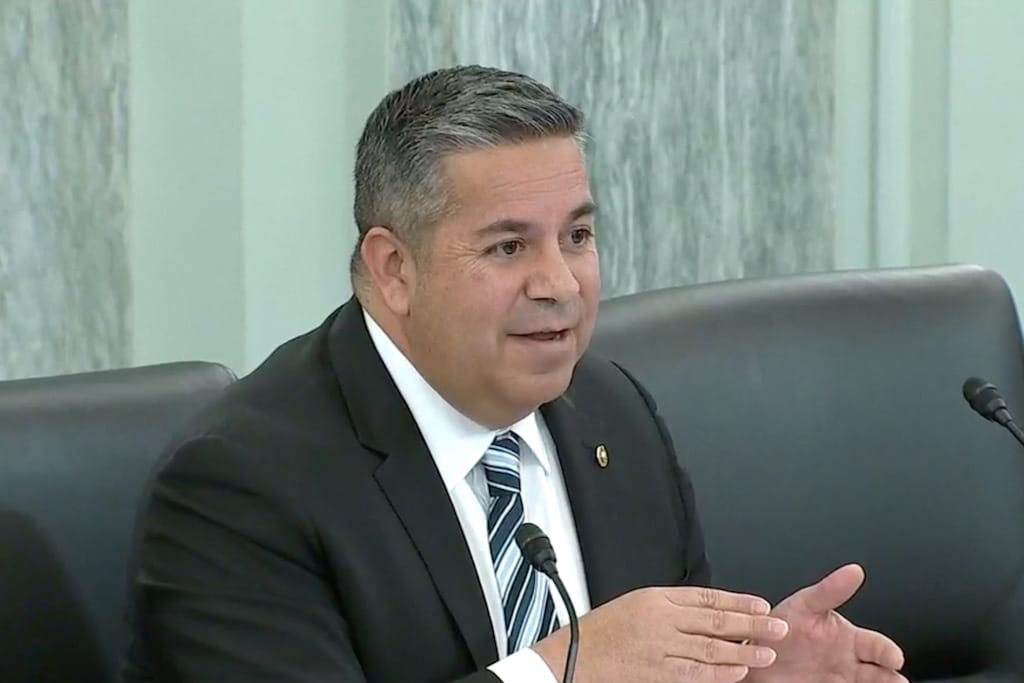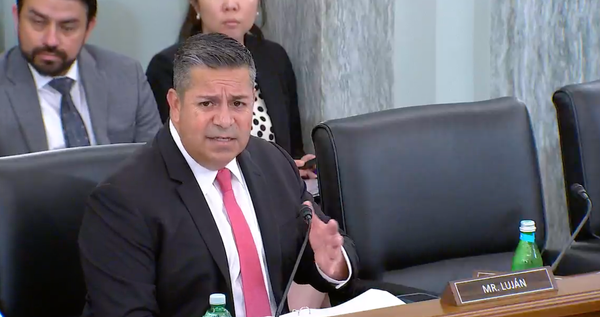Senators and Witnesses Criticize Accuracy of FCC’s New Map
According to the Subcommittee Chairman Ben Ray Lujan, D-N.M., up to 37,000 locations in New Mexico are unaccounted for.

WASHINGTON, December 13, 2022 – Senators and witnesses criticized the inaccuracies in the Federal Communications Commission’s new national broadband map, although some said a robust challenge process could correct those flaws.
The comments came during a hearing held Tuesday by the Senate Subcommittee on Communications, Media, and Broadband. The FCC expected the first draft of its map – which displays location-level broadband-availability data nationwide – to be somewhat inaccurate.
The agency has continuously encouraged state and Tribal governments, service providers, individuals, and other stakeholders to challenge its data on an ongoing basis. Still, many say the map’s first draft is concerningly flawed.
“Broadband is not just a communications issue. It’s an economic issue, it’s a workforce issue, it’s a public safety issue, and it’s a healthcare issue,” said Sen. Jacky Rosen, D-Nev., at Tuesday’s hearing. “And that’s why I’m so severely disappointed by the recent broadband map’s release by the FCC which vastly overstate[s] current coverage in rural Nevada.”
Once iteratively improved, the map will provide accurate, granular data that are far superior to the FCC’s previous census-block-level Form 477 model, many say. “The FCC’s first draft of new broadband maps is an excellent start,” said Michael Powell, CEO of NCTA – The Internet & Television Association and a former FCC chairman.
“But we will need to continually refine them and faithfully and consistently use them as an authoritative source across many programs if we want good results.”
The map’s effect on broadband funding
The map’s data will largely determine the allocation of the $42.45 billion Broadband Equity, Access, and Deployment program, which is scheduled to be announced by June 30, 2023. To be included in the allocation process, challenges should be submitted by January 13, the National Telecommunications and Information Administration has stated. Given the difficulties of the challenge processes, many state broadband officials and industry experts say January 13 is too soon for sufficient corrections to be made.
“In New Mexico, we estimate that the fabric (the FCC’s dataset of broadband serviceable locations) is missing tens of thousands of eligible serviceable locations, losing up to $500M in the funding allocation,” Kimball Sekaquaptewa, chair of the Connect New Mexico Council, told the subcommittee in a prepared statement. “We ask that NTIA extend the January 13, 2023 deadline to submit challenges to the FCC’s preliminary broadband map.”
According to the Subcommittee Chairman Ben Ray Lujan, D-N.M., up to 37,000 locations in New Mexico are “unaccounted for” in the map. What’s more, the commission’s data appears to be in error for 138,000 locations in West Virginia, said the state’s Republican senator, Shelley Moore Capito. In response to Capito’s questioning, Jonathan Spalter, president and CEO of trade group US Telecom, emphasized that an accurate map will depend on a vigorous challenge process.
“It would be a complete undermining of the law if the NTIA were to move forward with maps that had not been subject to that rigorous review process,” Spalter added.
“We really are in a crunch period,” Powell said.
However, some states are unable to fully participating in the challenge processes. One east-coast broadband official told Broadband Breakfast that although the official’s state challenged the map’s location data, it will not challenge the map’s availability data. “The juice isn’t worth the squeeze,” the official said, explaining that the state’s broadband office needed to direct its finite resources elsewhere.










